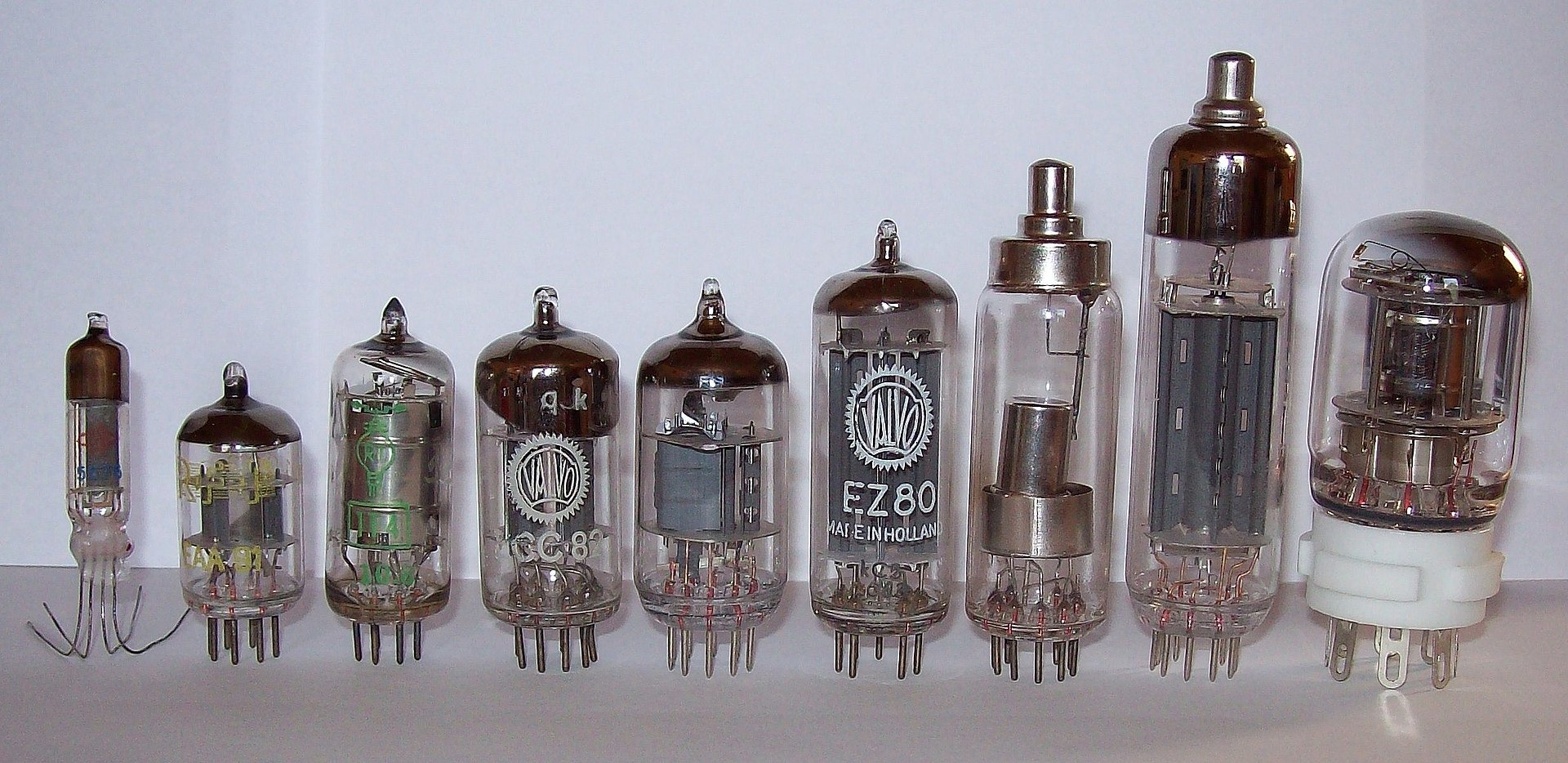Why Pre-Transistor Tech Wasn’t Enough to Power the Future
Before the transistor revolutionized the electronics industry, amplifying signals relied on bulky, inefficient technologies like vacuum tubes, transformers, and mechanical amplifiers. These solutions seemed groundbreaking in their time but fell short of the growing demands for reliability, efficiency, and miniaturization. Here’s how it all worked before transistors—and why the world was desperate for something better.
Vacuum Tubes: The First Signal Amplifiers
Vacuum tubes, or thermionic valves, were the mainstay of signal amplification throughout the early 20th century. These glass-enclosed devices amplified signals by modulating the flow of electrons in a vacuum, making them essential in radios, telephones, and early computers.

How Vacuum Tubes Worked
- A heated cathode emitted electrons.
- A control grid modulated the electron flow.
- The electrons traveled to an anode, producing an amplified output.
Vacuum tubes came in various types:
- Triodes: Basic amplifiers with one control grid.
- Pentodes: Improved performance with additional grids to reduce noise.
As groundbreaking as they seemed then, vacuum tubes had significant downsides:
- Size and Weight: They were bulky and unsuitable for compact systems.
- Heat Generation: Tubes ran hot, requiring cooling systems and consuming large amounts of energy.
- Fragility: Glass tubes broke easily, making them unreliable in demanding environments.
- Short Lifespan: Constant replacements were necessary due to filament wear.
- High Power Demand: Keeping the cathode heated made them inefficient.
Alternative Amplification Methods
In addition to vacuum tubes, other methods were used to amplify signals:
- Transformers
- Passive devices that stepped up voltage for signal amplification.
- Useful for impedance matching but limited in functionality.
- Magnetic Amplifiers
- Used magnetic cores and coils to amplify electrical signals.
- Found in industrial applications but lacked the flexibility of active amplifiers.
- Mechanical Amplifiers
- Relied on mechanical systems like levers or acoustic horns to amplify sound or vibrations.
- Limited to niche applications like early telephones or gramophones.
- Crystal Detectors
- Early semiconductor-like devices used in radios to enhance signal detection.
- Not true amplifiers but a step toward solid-state technology.
While these methods served their purpose, they struggled to meet the demands of emerging technologies like computers and advanced communications.
Why Vacuum Tubes Didn’t Cut It
By the mid-20th century, the limitations of vacuum tubes became obvious. World War II boosted the need for more reliable and compact technology in military communications, radar, and control systems. Early computers, like the ENIAC, relied on thousands of vacuum tubes, resulting in frequent failures, excessive heat, and high maintenance costs. It was time for a better solution.
The growing understanding of semiconductor materials, like silicon and germanium, hinted at a solid-state alternative. Bell Labs lead the way on research into these materials, driven by the need to replace vacuum tubes with a device that was:
- Smaller and lighter.
- More energy-efficient.
- Durable and long-lasting.
Enter the Transistor
In 1947, Bell Labs scientists John Bardeen, Walter Brattain, and William Shockley succeeded in creating the first transistor. This solid-state device overcame all the shortcomings of vacuum tubes:
- It was compact, efficient, and reliable.
- It consumed far less power and produced minimal heat.
- It had no fragile parts, making it durable for various applications.
The transistor didn’t just solve the problems of its predecessors—it opened the door to a new era of miniaturized electronics, from computers to smartphones, enabling the digital revolution.
Why Transistors Changed Everything
The history of signal amplification before transistors is a story of creativity limited by the technology of the time. Vacuum tubes and other methods laid the groundwork but couldn’t meet the demands of a rapidly advancing world. The invention of the transistor was a leap forward, replacing inefficiency with elegance and complexity with simplicity. Today, it’s hard to imagine a world where transistors didn’t exist—a testament to the transformative power of innovation.

